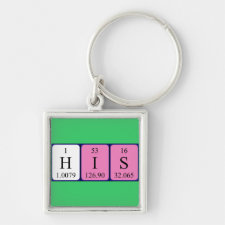
Authors: Chen MM, Wang Y, Cheng SB, Wen W, Zhang XH, Wang SF, Huang WH
Article Title: Construction of Highly Efficient Resonance Energy Transfer Platform Inside a Nanosphere for Ultrasensitive Electrochemiluminescence Detection.
Publication date: 2018
Journal: Analytical Chemistry
Volume: 90
Issue: (8)
Page numbers: 5075-5081.
DOI: 10.1021/acs.analchem.7b05074
Abstract: Electrochemiluminescence (ECL) detection has attracted increasing attention as a promising analytical approach. A considerable number of studies showed that ECL intensity can be definitely improved by resonance energy transfer (RET), while the RET efficiency is strongly dependent on the distance between exited donors and acceptors. Herein we disclose for the first time a highly enhanced RET strategy to promote the energy transfer efficiency by coencapsulating the donor ([Ru(bpy)3]2+)/acceptor (CdTe quantum dots, CdTe QDs) pairs into a silica nanosphere. Plenty of [Ru(bpy)3]2+ and CdTe QDs closely packed inside a single nanosphere greatly shortens the electron-transfer path and increases the RET probability, therefore significantly enhancing the luminous efficiency. Further combining with molecularly imprinting technique, we develop a novel ECL sensor for ultrasensitive and highly selective detection of target molecules. Proof of concept experiments showed that extremely low detection limits of subfg/mL (S/N = 3) with broad linear ranges (fg/mL to ng/mL) could be obtained for detection of two kinds of mycotoxins (α-ergocryptine and ochratoxin A) that are recognized as potential health hazards at very low concentrations. This strategy combining enhanced RET system and molecularly imprinting technique, represents a versatile ECL platform toward low-cost, rapid, ultrasensitive, and highly selective detection of target molecules in diverse applications
Template and target information: mycotoxins, α-ergocryptine, ochratoxin A



Join the Society for Molecular Imprinting

New items RSS feed
Sign-up for e-mail updates:
Choose between receiving an occasional newsletter or more frequent e-mail alerts.
Click here to go to the sign-up page.
Is your name elemental or peptidic? Enter your name and find out by clicking either of the buttons below!
Other products you may like:
 MIPdatabase
MIPdatabase









